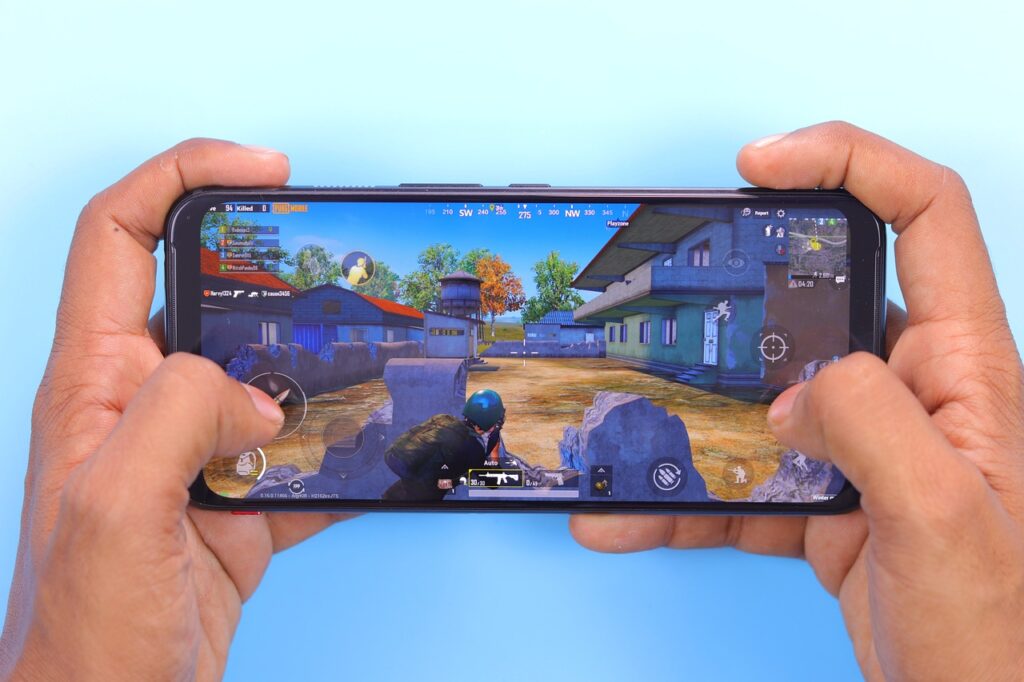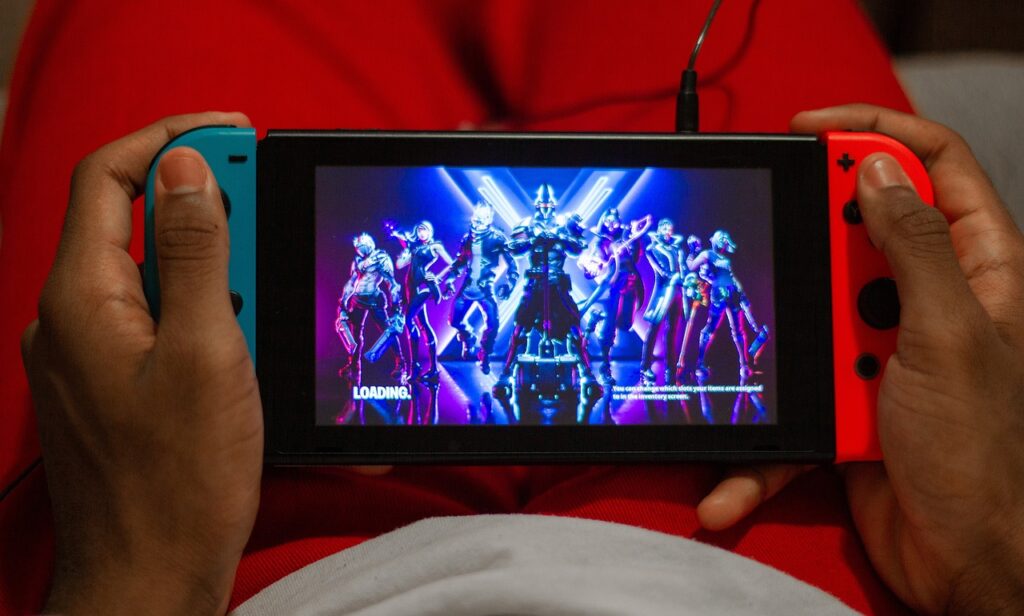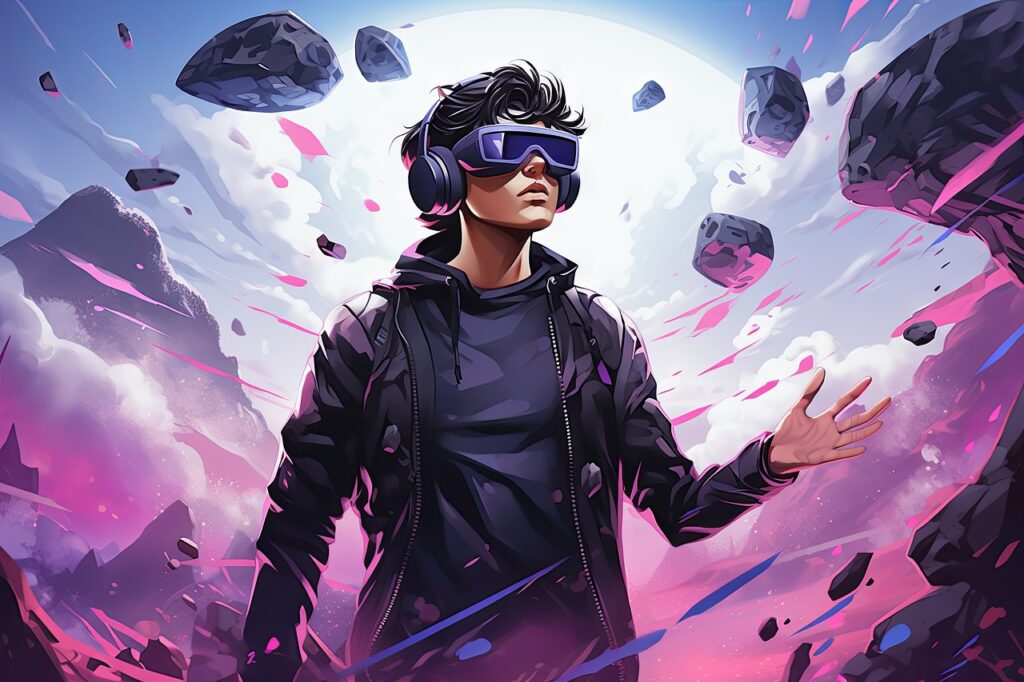The evolution of gaming technology is an incredible journey of innovation and creativity, turning simple interactive experiments into complex virtual worlds. The gaming industry has undergone a remarkable transformation since its inception, progressing from basic pixelated screens to immersive, high-definition experiences. These gaming advancements are the result of continuous innovation and industrial development, highlighting the importance of understanding the history and technological progress in gaming.
The History of Gaming: From Board Games to Arcade Hits
The use of board games and dice in various cultures is a piece of great evidence, proving that Gaming is as ancient as civilization. The basic concepts and narratives established in these early games have significantly influenced the complex mechanism of modern Gaming. In the 20th century, electronic Gaming emerged as a pioneering innovation, propelling the industry forward. Arcade machines gained popularity during the 1970s, enchanting audiences with engaging yet straightforward games.

Iconic titles such as Pong (1972), ignited the public’s interest in electronic Gaming, laying the foundation for the industry’s rapid growth. During the late 1970s and early 1980s, home gaming consoles were introduced, bringing the arcade experience to the comfort of their living rooms. The Atari 2600, introduced in 1977, was a pioneer, offering better games, more colorful graphics, and sharper sound than the original systems, etc. Most importantly, players could change games by inserting new cartridges.

In 1985, the Nintendo Entertainment System (NES) further revolutionized home gaming with its extensive game library and memorable characters. Its design and its ease of use made the system a successful console. In the dynamic realm of Gaming, some games and consoles have led the way, fundamentally reshaping the gaming landscape. Space Invaders was a game-changer in arcade gaming. Its huge success not only made arcade machines more popular but also influenced game design with its innovative mechanics and increasing difficulty.

This game marked the beginning of video games as a significant business and cultural phenomenon. Super Mario Bros. on the NES revolutionized side-scrolling platform games. Its captivating game play, unforgettable characters, and rich worlds propelled Nintendo to success and established fresh benchmarks for game design. Sony’s PlayStation transformed the console market by introducing CD-based Gaming, allowing for larger and more complex games. It brought renowned franchises such as Final Fantasy and Metal Gear Solid, pushing the limits of storytelling and graphics in Gaming.
Today, consoles like the PlayStation 5, Xbox Series X, and Nintendo Switch dominate the market, each offering unique experiences and exclusive titles. Moreover, they have evolved into entertainment hubs by incorporating streaming services and multimedia features. PC gaming has experienced a significant boost in popularity, driven by powerful hardware and platforms like Steam that provide a vast library of games. The flexibility and customization options available on PCs have made it a favorite among hardcore gamers.

The Rise & Rise of Smartphones!

The rise of smart phones and tablets has sparked a boom in mobile gaming. Games like Candy Crush and PUBG Mobile have attracted millions of players, making gaming accessible to a broader audience than ever before. The gaming landscape has been revolutionized by technological advancements. Graphics have evolved from simple pixelated sprites to stunningly realistic visuals, thanks to advancements in GPU technology. Online connectivity provides smooth multiplayer experiences and digital distribution platforms.


Additionally, Virtual Reality (VR) and Augmented Reality (AR) offer immersive gaming experiences that extend beyond conventional screens. eSports has seen tremendous growth, with games like League of Legends, PUB-G, and Free Fire attracting professional players and global audiences. Streaming platforms such as Twitch and YouTube Gaming have revolutionized content creation and community engagement. The industry is also advancing inclusivity, striving for diverse characters and narratives to ensure all gamers feel represented and welcome.

The gaming landscape has evolved dramatically with the introduction of voice and immersive technologies. These innovations are not only enhancing player experiences but also redefining gameplay dynamics. Features like voice commands and natural language interactions, along with augmented and virtual reality, make games more engaging, accessible, and immersive.
Voice-to-text and speech recognition in Gaming!

Voice-to-text and speech recognition technologies are revolutionizing how players interact with games. By integrating voice commands for in-game actions, players can issue instructions to NPCs or navigate menus effortlessly. This feature significantly benefits players with disabilities, providing a more inclusive gaming experience. Additionally, natural language interactions with AI-driven characters and environments enhance immersion, making interactions feel more authentic and engaging.
The use of voice-to-text technology in gaming dialogues enhances accessibility for players globally. By transcribing in-game conversations, players speaking different languages can enjoy the narrative without language barriers. Additionally, real-time translation services provide instant localization of dialogues, catering to diverse cultural and linguistic backgrounds. This inclusivity promotes global engagement, enabling players from various regions to connect and share in the gaming experience.
Virtual Reality & Augmented Reality in Gaming!
Meanwhile, Virtual Reality (VR) offers immersive experiences that teleport players directly into virtual worlds. Utilizing VR headsets and motion-tracking technology, players can achieve a heightened sense of presence and immersion. VR enhances storytelling and gameplay by enabling players to physically explore and interact with their environments. The range of VR gaming experiences is diverse, from action-packed adventures to serene exploration titles, catering to various preferences and playstyles.
The integration of voice commands in VR gaming elevates immersion by enabling hands-free interactions. Players can navigate virtual environments and control gameplay elements using their voice, enhancing the sense of presence. Moreover, AR-enhanced VR experiences merge virtual objects with real-world environments, creating a seamless blend of both realms. Collaborative multiplayer VR experiences also benefit from voice communication and spatial awareness, allowing players to interact and strategize in real time, thereby enriching the overall experience.
Voice and immersive technologies are revolutionizing the gaming industry, introducing innovative methods to enhance player experiences and redefine gameplay. From voice-to-text and speech recognition to the immersive worlds of AR and VR, these technologies are pushing the limits of what gaming can offer. As these advancements progress, they promise to create more inclusive, engaging, and immersive gaming experiences for players worldwide.
The role of Tunk.ai in Gaming!
In the ever-evolving world of gaming, innovation is crucial for maintaining a competitive edge. Tunk.ai is a revolutionary platform set to transform the gaming experience with its exceptional voice-to-text and translation features. With Tunk.ai, gamers can effortlessly overcome language barriers. Enabling a seamless exchange of dialogue between players from different corners of the globe, all translated in real time. This not only promotes inclusivity but also unlocks new opportunities for collaboration and competition.
Moreover, Tunk.ai’s voice-to-text feature revolutionizes communication within games. Players are no longer limited by typing; they can now express their thoughts and strategies quickly and precisely. Tunk.ai covers the way for more dynamic storytelling in games, allowing developers to create richer narratives that respond to players’s spoken commands and queries. This interactive dialogue between player and game heralds a new era of personalized gaming experiences.
As Tunk.ai continues to refine its technology, the gaming industry is on the brink of a transformation. By breaking down linguistic barriers and enhancing the power of voice, Tunk.ai enables players to connect, compete, and create like never before.
The Future of Gaming!

The future of gaming holds the potential for seamless interactions through advanced voice recognition, while also bringing about concerns regarding privacy and data security. Progress in AR and VR technology is set to deeply immerse players in gaming experiences. Despite challenges, the transformative impact of voice and immersive technologies on gaming is undeniable. These innovations are poised to revolutionize the future of gaming, offering unprecedented levels of immersion and engagement.
With each new title and console pushing boundaries, the evolving integration of voice, AR, and VR in gaming promises an exciting and immersive future.